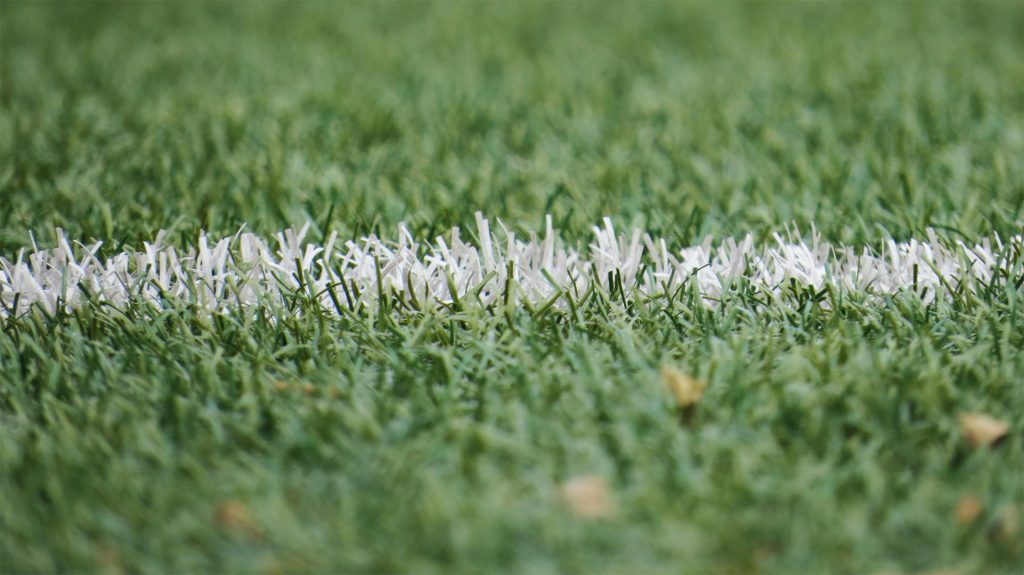Football, the world’s most popular sport, has undergone significant transformations since its inception, not only in terms of rules and playstyles but also in the equipment used by players and officials. The evolution of football equipment, from rudimentary leather balls to advanced modern gear, reflects the technological advancements and changing needs of the game. This article delves into the history and development of football equipment, exploring how innovations have enhanced the safety, performance, and overall experience of players and fans alike.
The Early Days: Leather Balls and Heavy Boots
In the early days of football, equipment was basic and often improvised. The footballs used in the 19th century were made of inflated animal bladders encased in leather, resulting in a heavy and irregular shape that could be difficult to control. These balls absorbed water, becoming heavier and harder to kick, especially in wet conditions. Despite their limitations, leather balls were the standard for many years and played a crucial role in the sport’s development.
Players wore heavy leather boots, which provided little flexibility or protection. These boots were more akin to work shoes, with thick, rigid soles and metal studs hammered into them for better grip on soft ground. The lack of specialized footwear meant that players often suffered from blisters and injuries due to the inadequate design and weight of the boots.
Early Innovations: Rubber Bladders and Standardization
As football grew in popularity, so did the demand for better equipment. The introduction of rubber bladders in the mid-19th century marked a significant improvement in ball design. These bladders, produced by companies like Mitre and Charles Goodyear, offered more consistent shape and better control, reducing the water absorption issues that plagued earlier leather balls.
The establishment of standard sizes and weights for footballs in the late 19th century brought further improvements. The English Football Association’s adoption of specific measurements in 1872 helped standardize the game, ensuring a more uniform playing experience across different matches and competitions. This standardization laid the foundation for modern football equipment regulations, promoting fairness and consistency.
Mid-20th Century: The Rise of Synthetic Materials
The mid-20th century saw a wave of innovations driven by advances in material science and manufacturing techniques. Synthetic materials began to replace traditional leather, leading to lighter, more durable footballs. The introduction of synthetic leather in the 1960s and 1970s provided a more consistent and waterproof alternative, allowing for better performance in various weather conditions.
Adidas’s development of the “Telstar” ball for the 1970 FIFA World Cup was a landmark moment. The Telstar featured a distinct black-and-white paneled design that enhanced visibility on television, revolutionizing the visual presentation of the game. Its synthetic cover improved control and durability, setting a new standard for football design.
Football boots also underwent significant changes during this period. Companies like Adidas and Puma introduced lighter, more flexible boots with replaceable studs, providing players with better traction and maneuverability. The focus shifted towards optimizing performance, with innovations like cushioned insoles, ankle support, and ergonomic designs enhancing comfort and reducing the risk of injury.
Late 20th Century to Early 21st Century: The Era of High-Tech Equipment
The late 20th century and early 21st century witnessed the integration of cutting-edge technology into football equipment. Advances in materials, design, and manufacturing processes led to the development of high-tech gear that significantly improved player performance and safety.
Modern footballs are engineered for precision and consistency, using multi-layered synthetic materials and advanced stitching techniques. The “FIFA Quality Pro” standard introduced rigorous testing protocols to ensure optimal performance, durability, and aerodynamics. Balls like the Adidas “Brazuca,” used in the 2014 FIFA World Cup, incorporate innovations such as thermally bonded panels and textured surfaces to enhance flight stability and control.
Football boots have evolved into highly specialized equipment tailored to different playing styles and positions. Brands like Nike, Adidas, and Puma use lightweight synthetic materials, advanced soleplate designs, and technologies like Flyknit and Primeknit to create boots that offer a perfect balance of fit, comfort, and performance. Innovations like stud configuration, grip patterns, and personalized fitting systems allow players to maximize their agility, speed, and control on the pitch.
Protective gear has also seen significant advancements. Modern shin guards are made from lightweight, impact-resistant materials such as carbon fiber and thermoplastic, providing enhanced protection without compromising mobility. Compression garments and base layers, incorporating moisture-wicking and thermal regulation technologies, help players manage physical exertion and maintain optimal body temperature during matches.
The Role of Technology: Smart Equipment and Performance Analytics
In recent years, the integration of technology into football equipment has taken the game to new heights. Smart footballs equipped with sensors and microchips provide real-time data on metrics such as speed, spin, and trajectory, offering valuable insights for training and performance analysis. Companies like Adidas and Nike have developed smart boots that track player movements, providing detailed analytics on distance covered, sprint speed, and other performance indicators.
Wearable technology, including GPS trackers and heart rate monitors, allows coaches and analysts to monitor player fitness, workload, and recovery in real-time. This data-driven approach enables personalized training programs, injury prevention strategies, and tactical adjustments based on individual performance metrics.
The use of video analysis tools and software has revolutionized scouting, coaching, and match preparation. High-definition cameras, drones, and AI-powered analytics platforms provide detailed insights into player movements, team dynamics, and opponent strategies, enhancing tactical planning and decision-making.
Future Trends: Sustainability and Customization
Looking ahead, sustainability and customization are emerging as key trends in the evolution of football equipment. The increasing focus on environmental responsibility is driving the development of eco-friendly materials and manufacturing processes. Companies are exploring alternatives to traditional plastics and synthetics, using recycled and biodegradable materials to reduce the environmental impact of football production.
Customization is becoming a significant aspect of football equipment design, with players seeking personalized gear tailored to their specific needs and preferences. Advances in 3D printing and digital manufacturing enable the production of bespoke equipment, from customized boot designs to personalized fit and cushioning. This trend towards individualization allows players to optimize their performance and comfort, reflecting the unique demands of their playing style and position.
Conclusion
The evolution of football equipment from simple leather balls to sophisticated, high-tech gear reflects the dynamic nature of the sport and its adaptation to changing technologies and player needs. Each era has brought innovations that have enhanced the safety, performance, and overall experience of players and fans alike. As football continues to evolve, the future promises even more exciting developments, driven by advancements in materials science, technology, and sustainability. These innovations will continue to shape the game, ensuring that football remains the beautiful and ever-evolving sport loved by millions around the world.
- Neymar’s Return to Santos FC - January 29, 2025
- Manchester United and Manchester City: Challenges in the 2024-2025 Premier League Season - January 5, 2025
- Manchester City: The Downfall of a Modern Football Powerhouse - December 16, 2024



